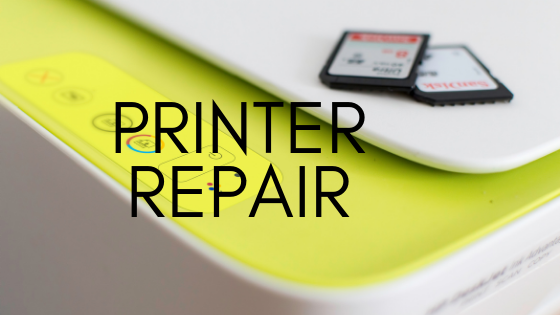A prevalent myth among inventors is that a physical prototype is necessary to file a patent. This misconception can prevent many from pursuing patent protection prematurely or investing unnecessarily in developing prototypes before it’s beneficial. Understanding the actual requirements can save resources and strategically direct the development efforts of inventors.
Patent Requirements Regarding Prototypes
Contrary to common belief, the United States Patent and Trademark Office (USPTO) does not require a physical prototype to file a patent application for a new invention idea. What is required, however, is a complete and detailed description of the invention. This description must be so comprehensive that someone skilled in the field could replicate the invention without any additional information. Diagrams, drawings, and thorough explanations typically suffice to fulfill this requirement. Thus, while prototypes are not a prerequisite for patenting, the clarity and detail often found in the prototyping process can greatly enhance the quality of the documentation provided in a patent application.
Scenarios Where Having a Prototype is Beneficial
Although not required for the patent application, there are scenarios where having a prototype can prove highly advantageous. Let’s see the importance of creating a prototype for your invention idea.
Proof of Concept
A prototype serves as a proof of concept to demonstrate the practicality and functionality of the invention. This tangible form can be particularly useful in attracting investors or partners who often want to see, touch, and understand the product’s workings before committing funds or resources.
Refining the Invention
The process of building a prototype can reveal improvements and necessary refinements that might not be apparent in a theoretical design. This iterative cycle of building, testing, and tweaking can significantly enhance the invention, making it not only more effective but also potentially more commercially viable.
Intellectual Property Protection
A prototype can help clarify the patent application, providing a solid foundation for defining the claims of the invention precisely and comprehensively.

How InventHelp Supports Inventors With or Without Prototypes
InventHelp, a leading service provider in the invention industry, recognizes that inventors are at various stages in the development of their ideas and offers tailored services to meet these diverse needs.
Assistance with Prototyping
For inventors who choose to develop a prototype, InventHelp can facilitate connections with modeling, design, and engineering professionals who can bring even the most complex ideas to tangible form. Moreover, Inventhelp’s experience in the industry can guide inventors through the most cost-effective and efficient methods for prototype development.
Patenting Without a Prototype
InventHelp also excels in supporting the patent process without a prototype. They guide inventors through the detailed documentation required for a successful patent application, ensuring the descriptions and drawings are clear and comprehensive. InventHelp’s patent services include helping inventors prepare and submit patent applications and providing information about the legal nuances of intellectual property rights.
Beyond the Patent
Whether an inventor has a prototype or is still in the conceptual phases, InventHelp offers services beyond the patent process, such as help with pitching ideas to potential investors and navigating the complexities of bringing a product to market.
Conclusion
The myth that a prototype is necessary for patenting is just that—a myth. However, the benefits of having a prototype are undeniable in the right scenarios. InventHelp stands ready to assist inventors whether they decide to build a prototype or move directly toward patent filing. They provide the tools and expertise needed to document and protect an invention at any stage of its development, ensuring that inventors have the best possible chance of turning their ideas into protected, marketable products.



